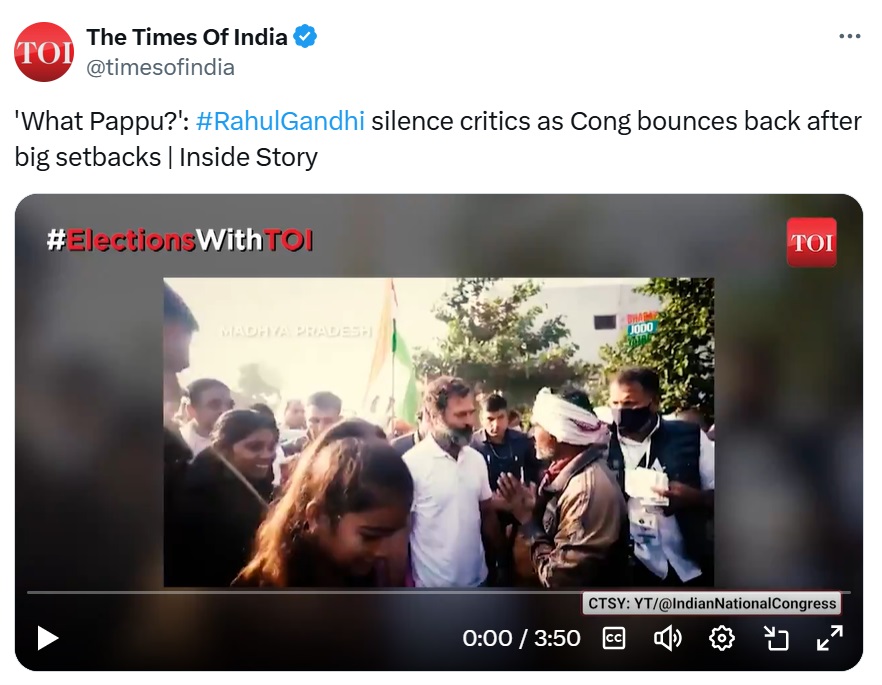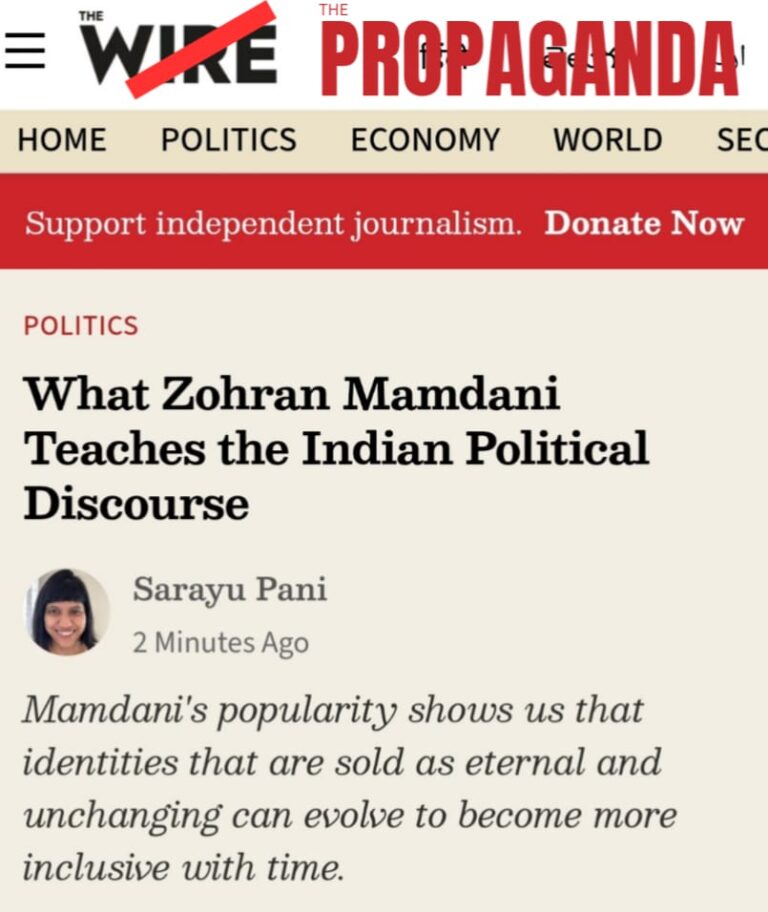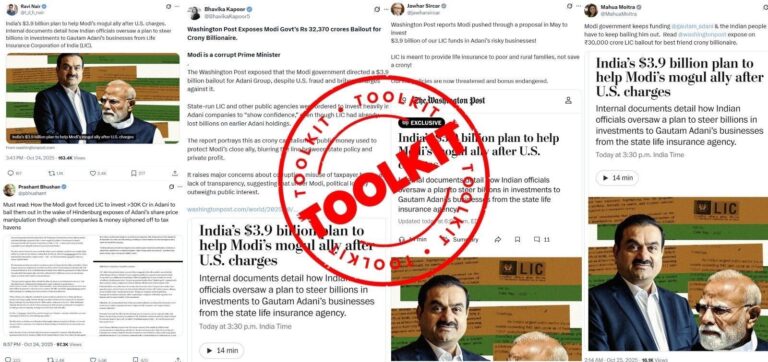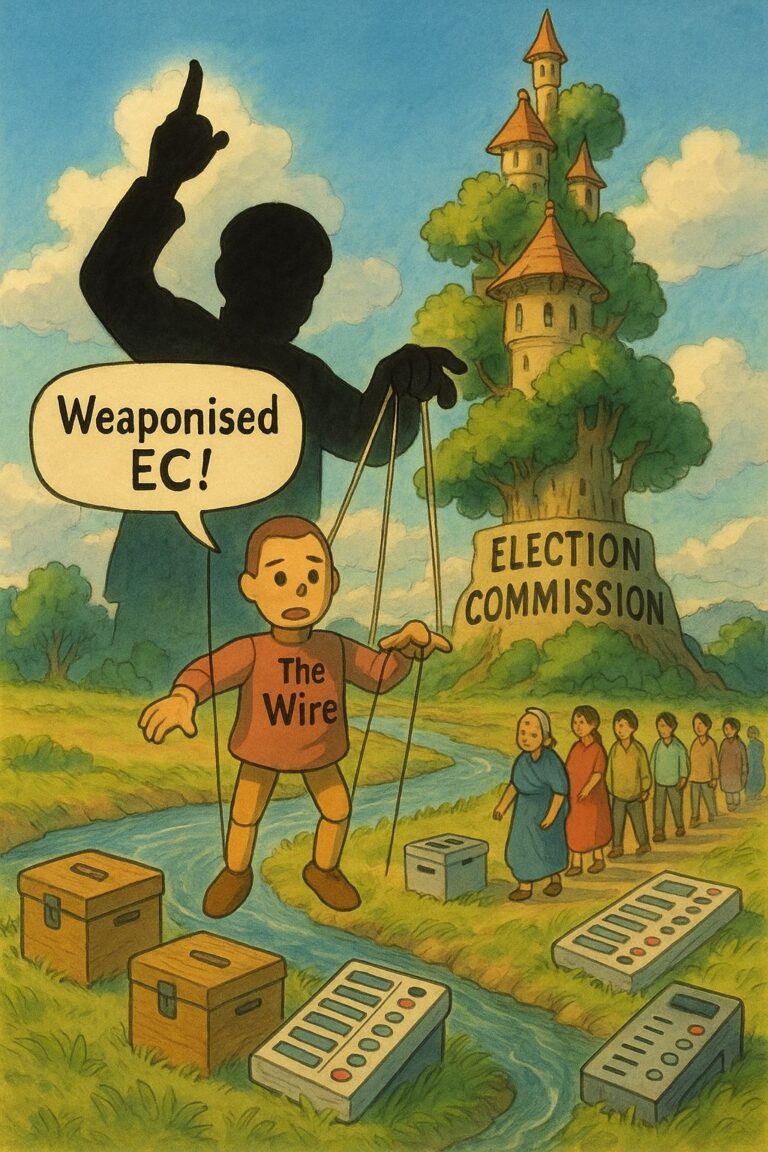
The Times of India editorial board has once again demonstrated that in Lutyens’ echo chambers, the Constitution is only sacrosanct when it suits their narrative. Their recent hit job on Vice President Jagdeep Dhankhar—disguised as editorial concern—is a textbook case of manufactured outrage and selective memory loss.
Let’s break it down.
1. The Real Issue? A VP Who Speaks Truth to Power
TOI lashes out because the Vice President dared to call out the judiciary’s overreach. His reference to Article 142—which gives sweeping powers to the Supreme Court—wasn’t fiction. In fact, this very Article has been wielded in recent times like a legislative sword, not a judicial tool.
For example:
So, what exactly is “out of line”? The VP questioning unchecked judicial activism—or a court rewriting governance without electoral accountability?
2. “Ceremonial Post” Argument? Convenient Amnesia
TOI claims the Vice President is merely ceremonial and hence should be silent. Interesting.
Because not long ago, the same liberal media used to glorify Rahul Gandhi—a completely non-constitutional, unelected Congress Vice President—as the messiah of democracy. His press conferences were breaking news, his “suit boot” jibes were labelled intellectual insight.
But a constitutionally elected Vice President of India voicing institutional concerns? Suddenly, that’s dangerous?
This isn’t journalism. This is elitist gatekeeping.
3. Mocking Constitutional Posts—A Pattern
By stating “no matter what the VP says… his post means nothing,” TOI has crossed a line. If the Vice President of India is to be ignored, why have the post at all? And, will they discount the President too? Or Governors who don’t toe their line?
TOI, a private newspaper, is now deciding who in the constitutional framework matters. That’s not editorial writing, that’s arrogance of unelected power.
4. Hypocrisy on Governors and Judiciary
TOI accuses Dhankhar of behaving like a politician, but conveniently ignores:
When the same Judiciary comments on climate change, cricket, firecrackers, army promotions, or temple timings—it’s “visionary.” But when someone comments on the Judiciary—it’s “out of line”?
5. Selective Institutional Sanctity
This is not just bias. It’s blatant intellectual dishonesty.
Who’s Really Out of Line?
Times of India editorialists need a reminder: The Constitution doesn’t belong to editorial boards. It belongs to the people.
And when a democratically elected Vice President speaks up on behalf of institutional balance, you don’t get to mock his role or discount his words.
The media’s job is to question all institutions—including the judiciary. If they have become sacred cows, the country has a bigger problem.
And if TOI wants to act as the conscience of democracy, it should first check its own silence during Congress-era misdeeds.
.
Author : Sandeep Gandotra, is a serial entrepreneur, startup founder, social media influencer and political analyst with 25 years of overall experience. Tweets at Sandeep Gandotra







